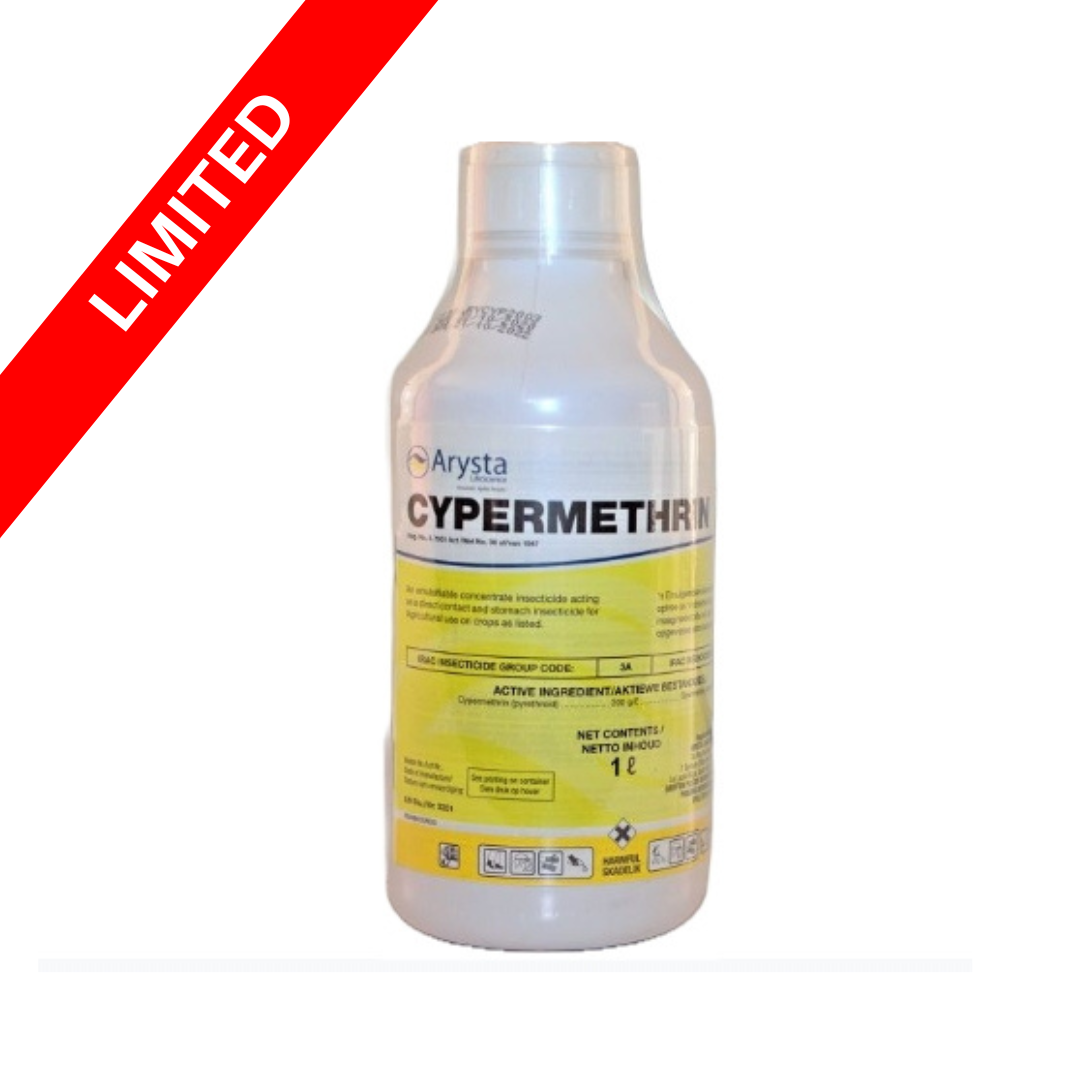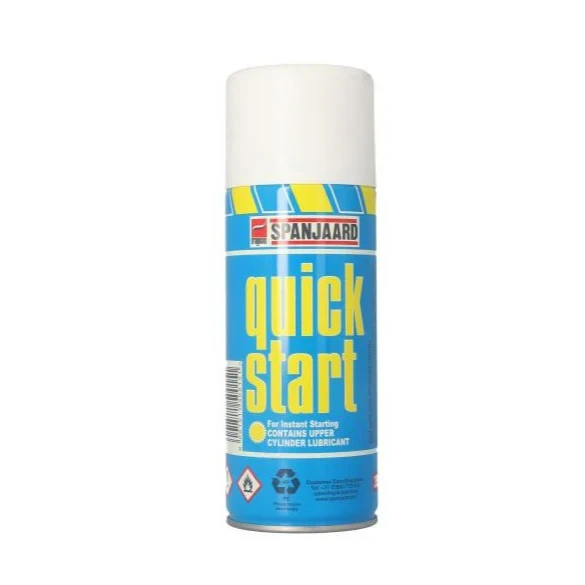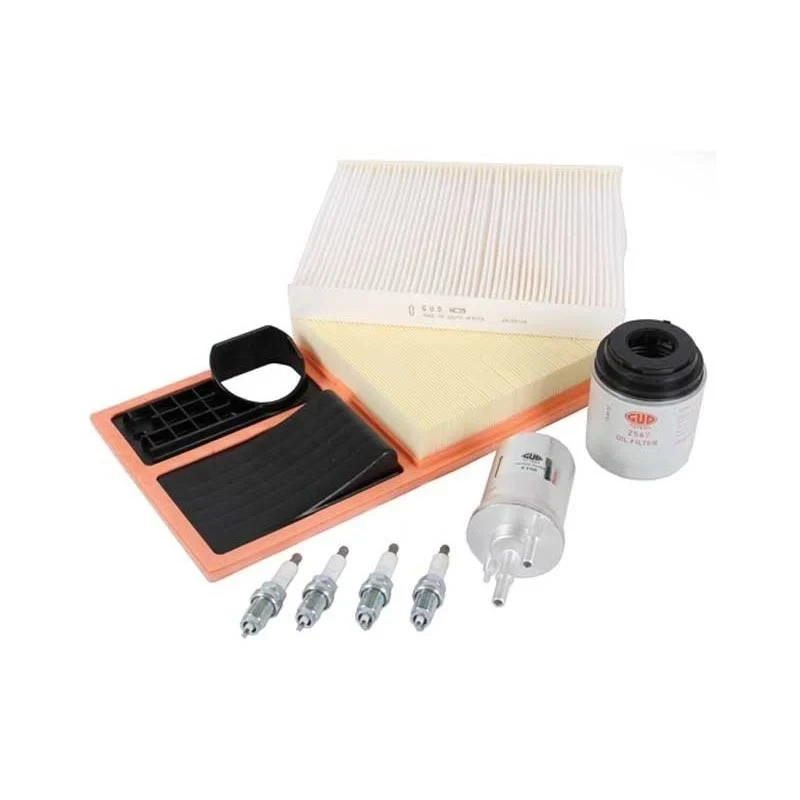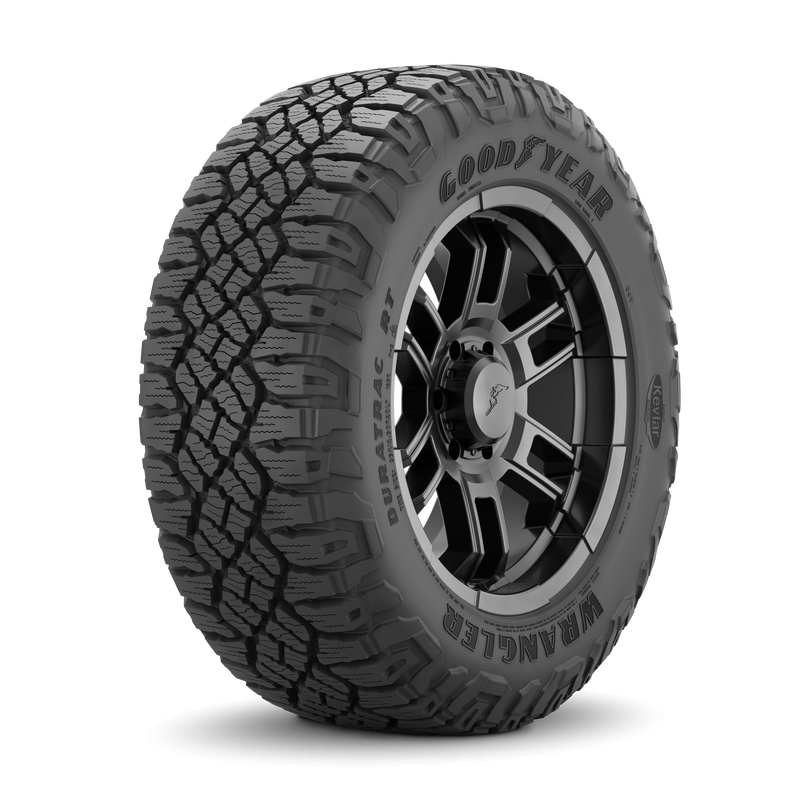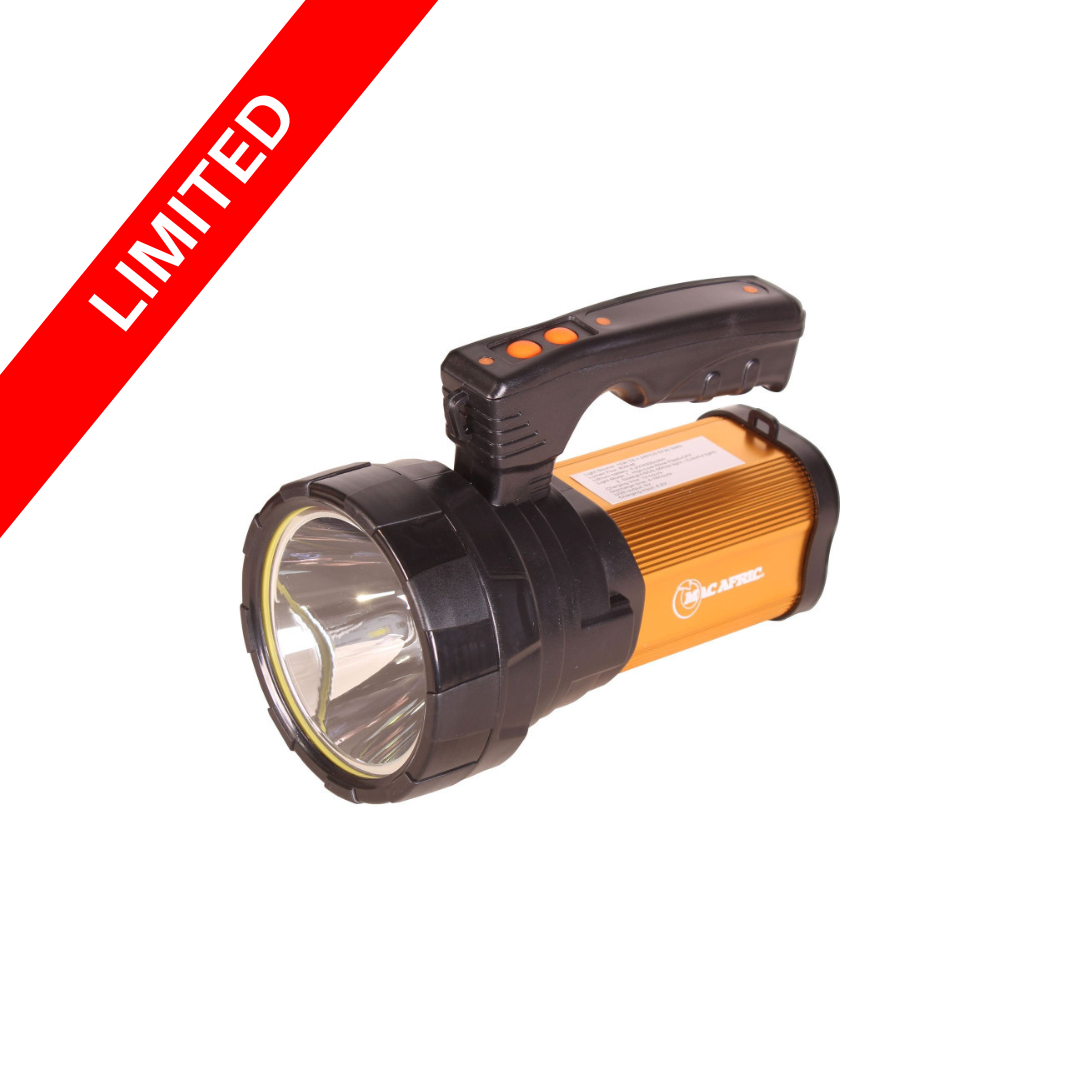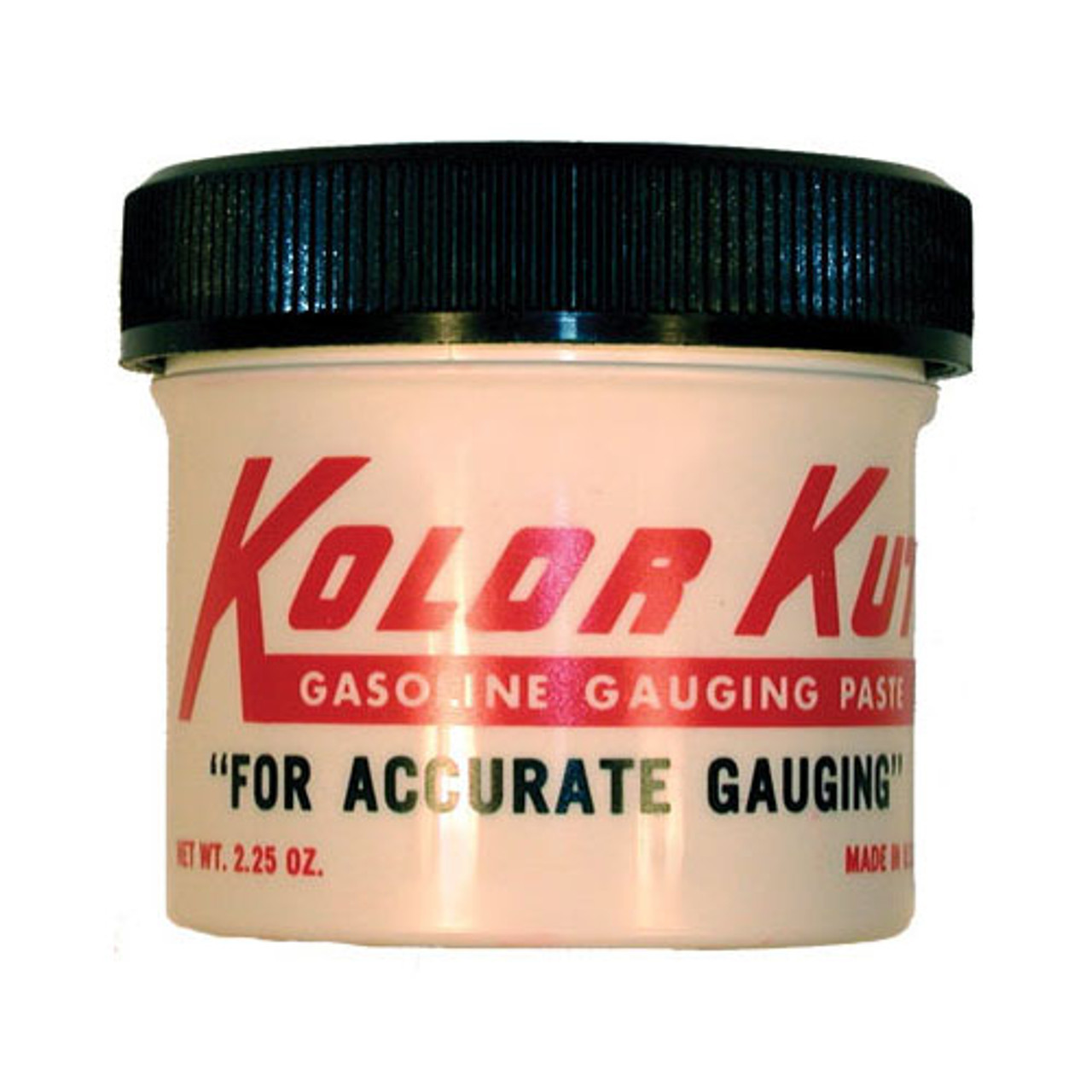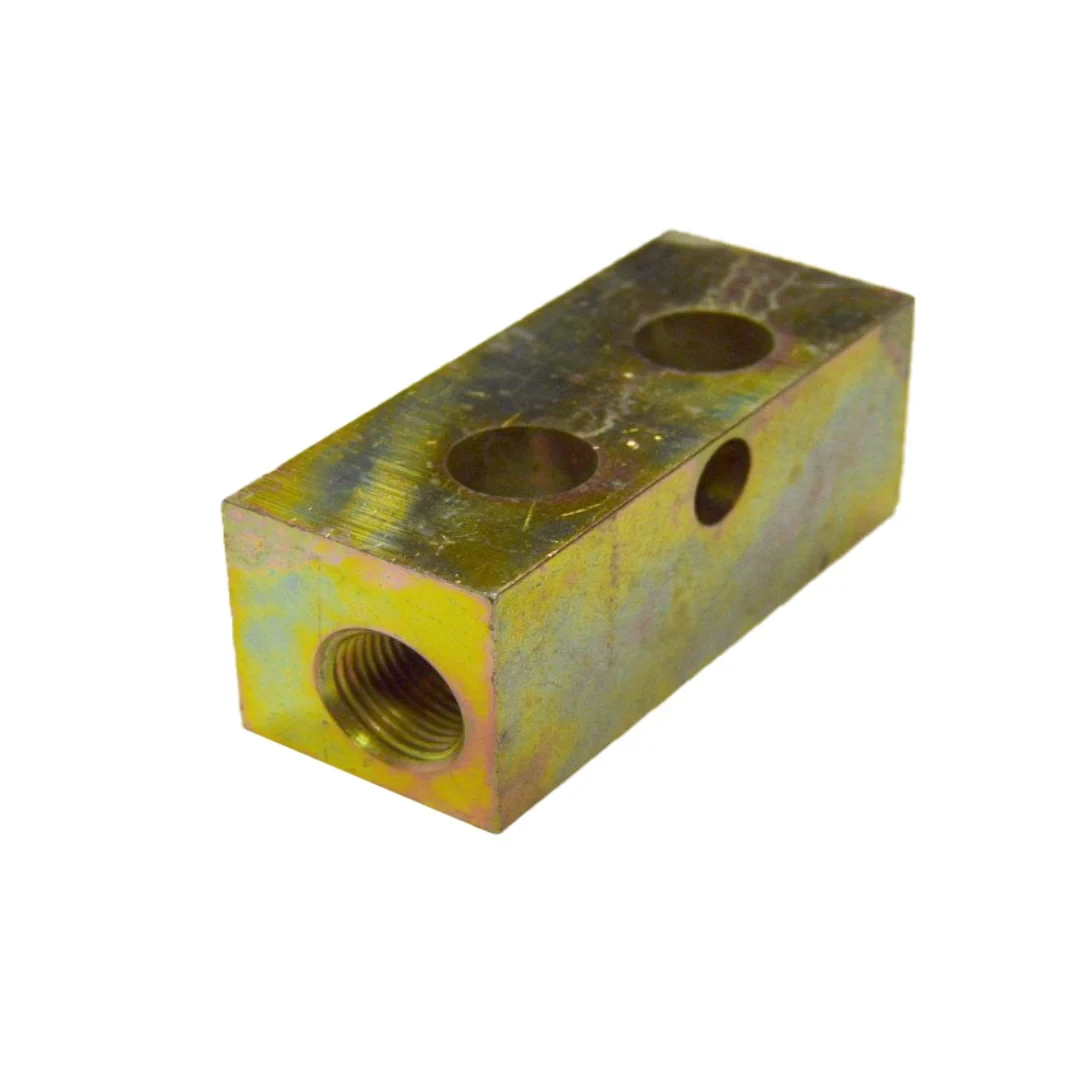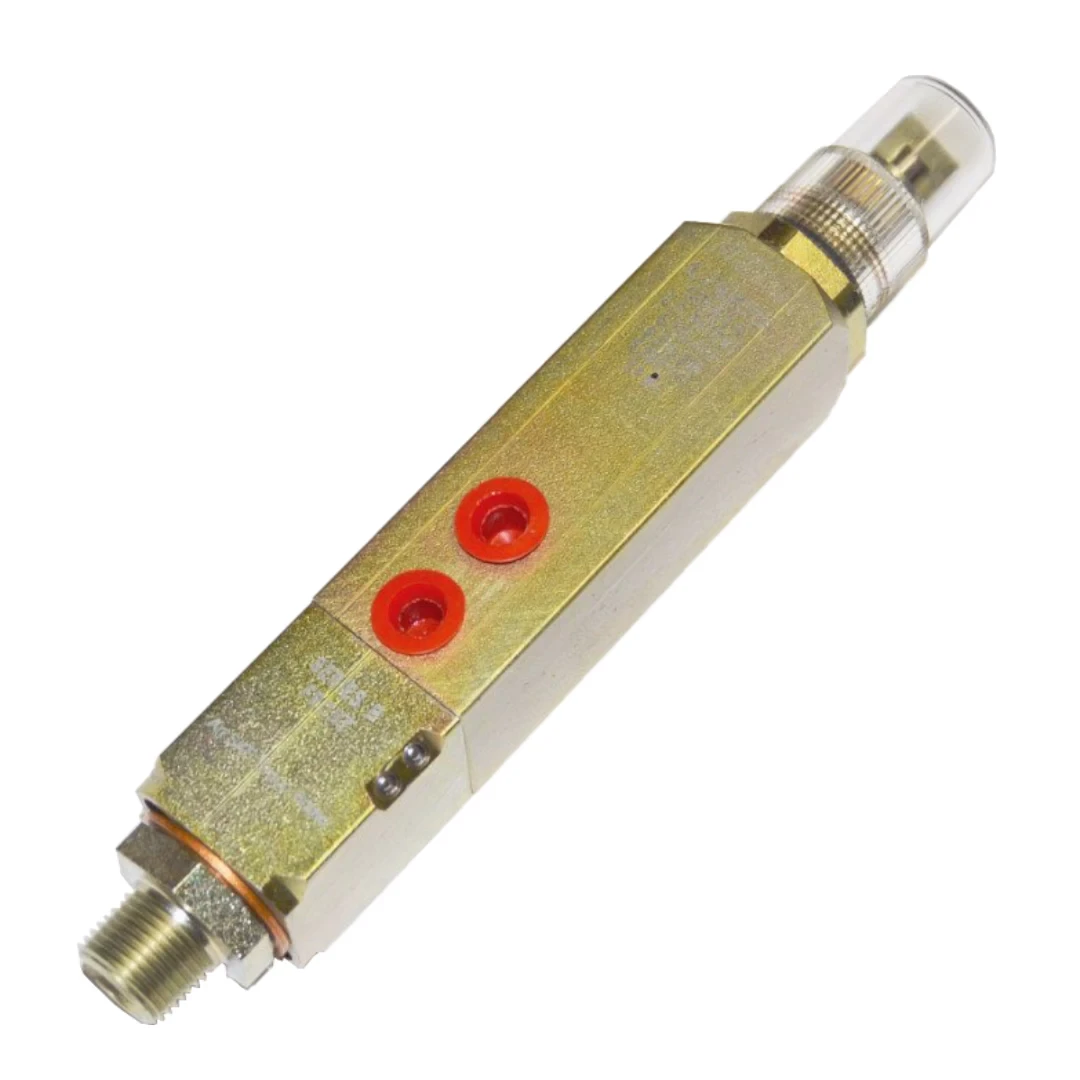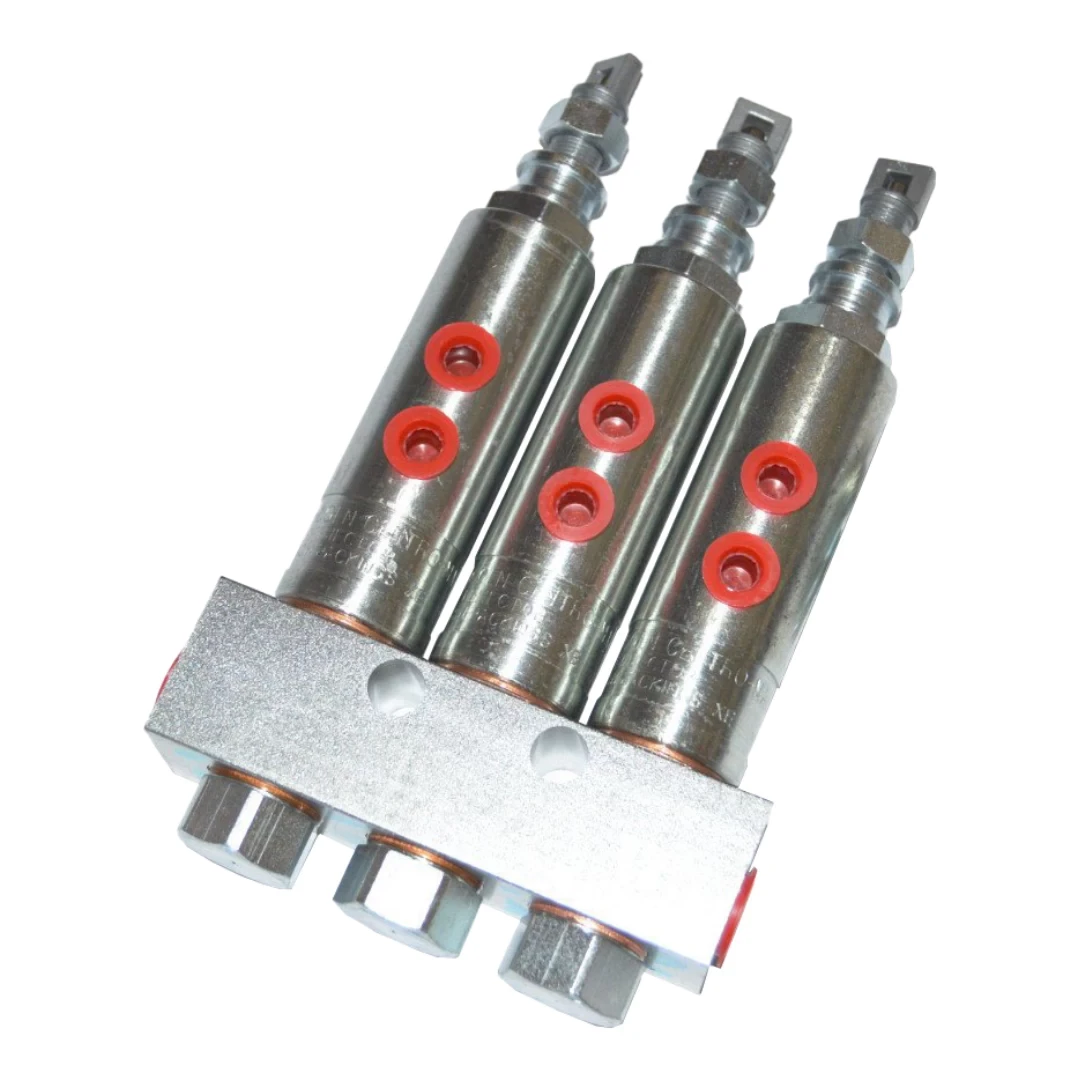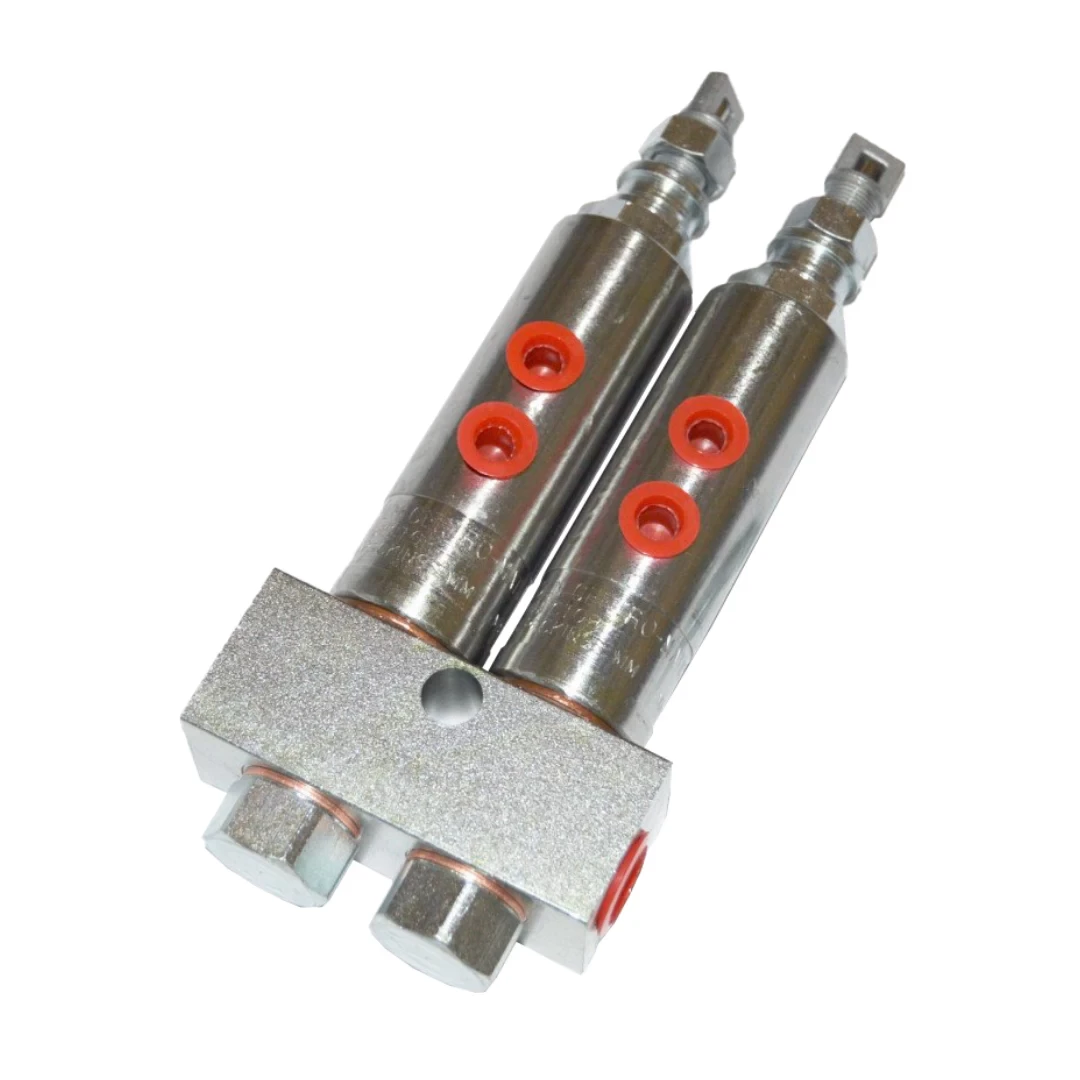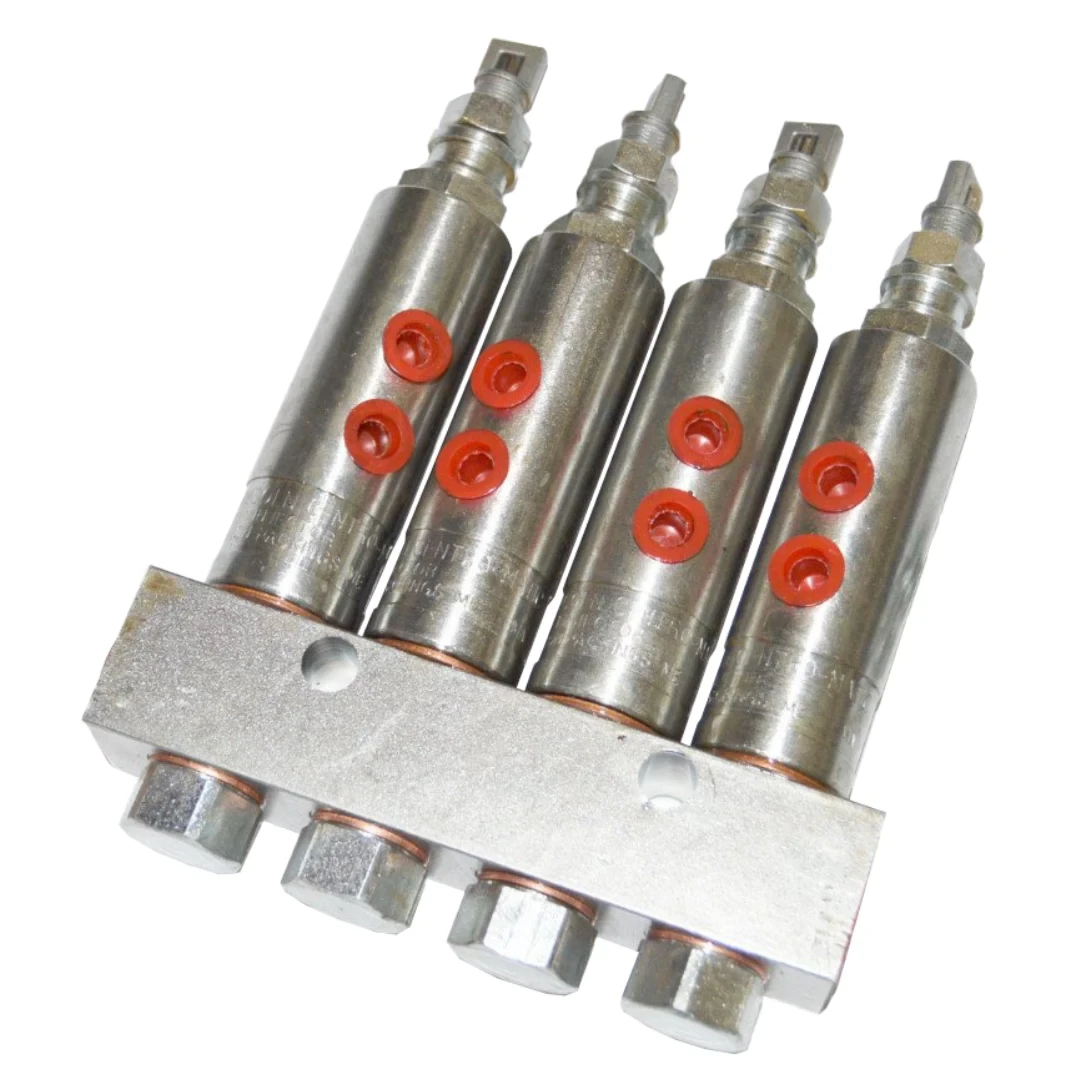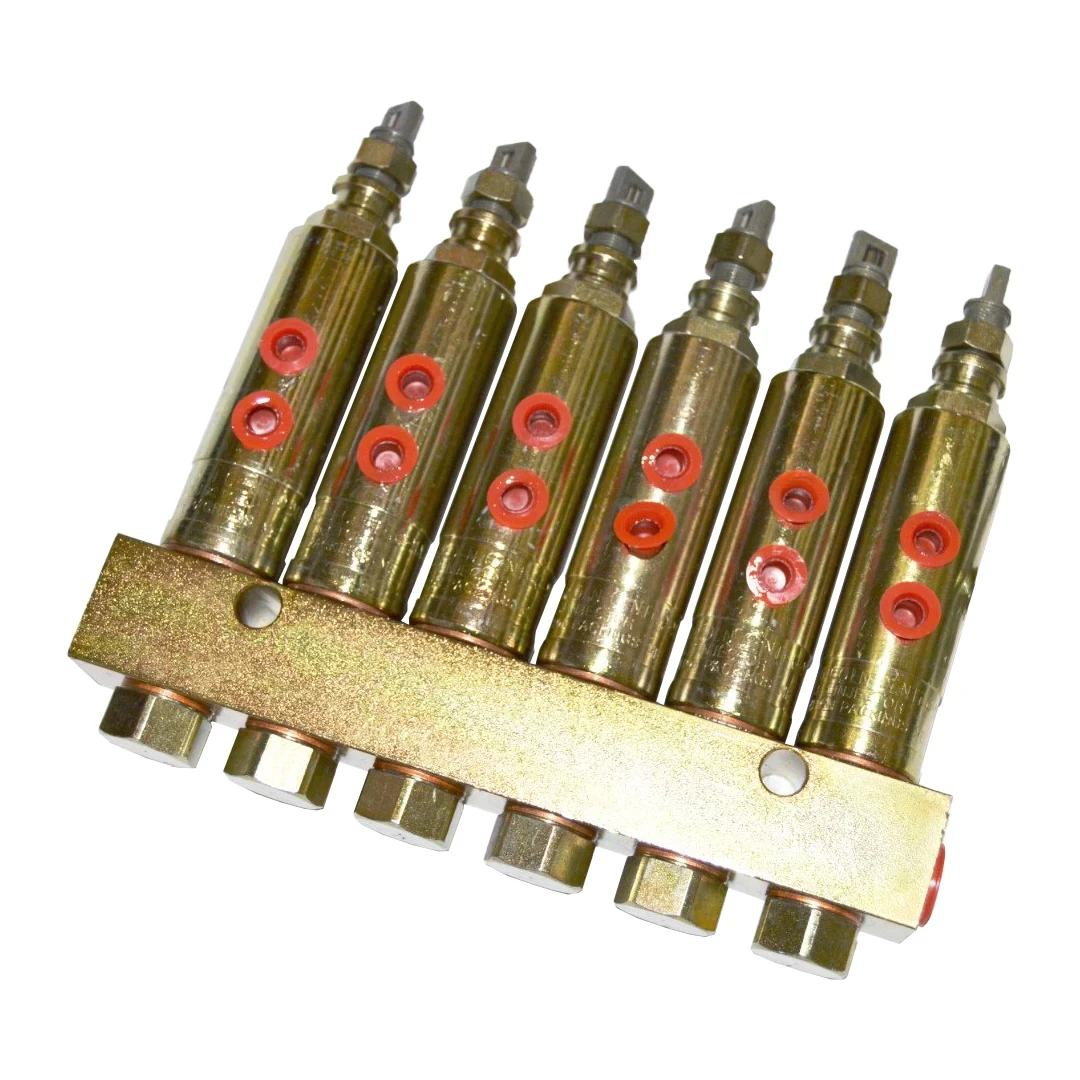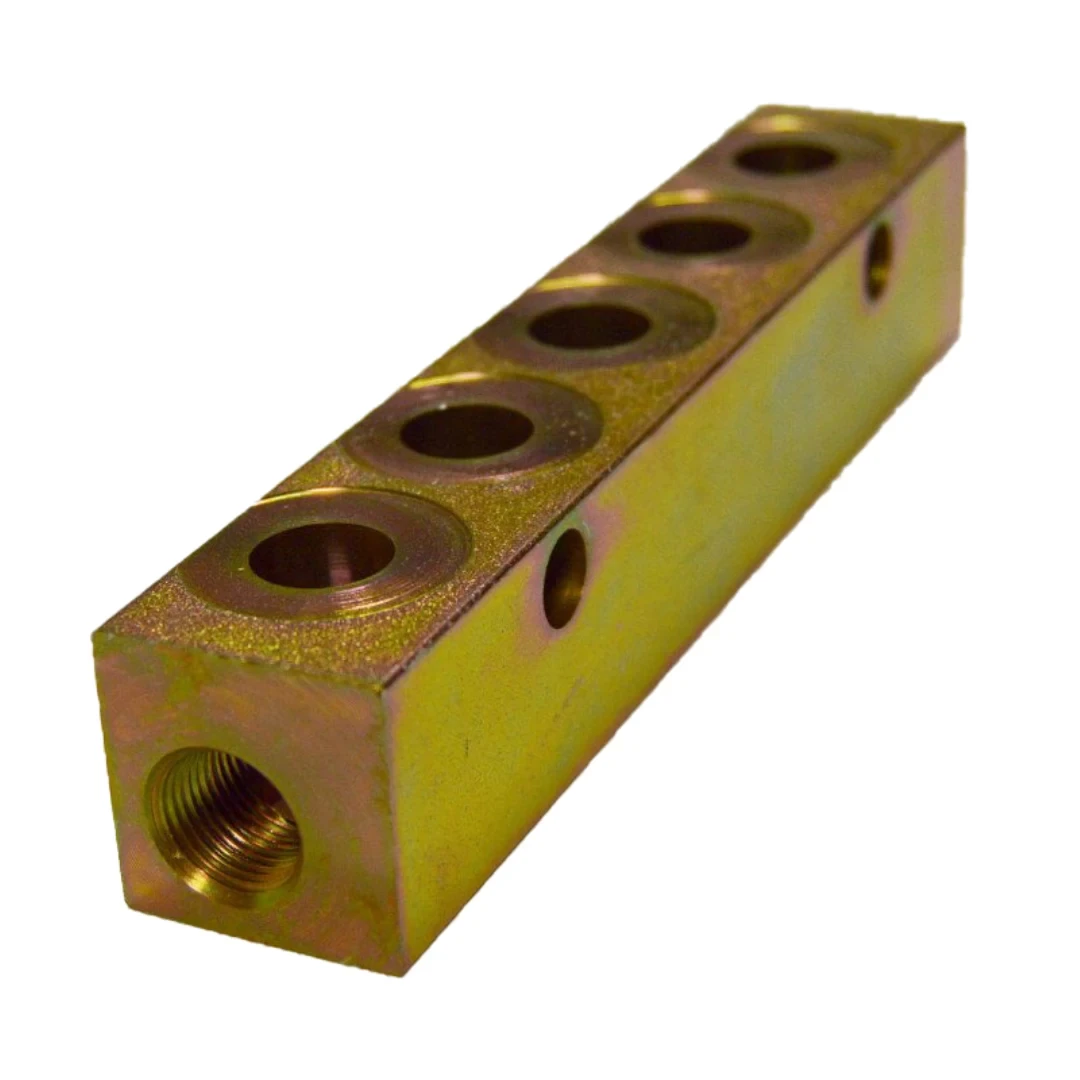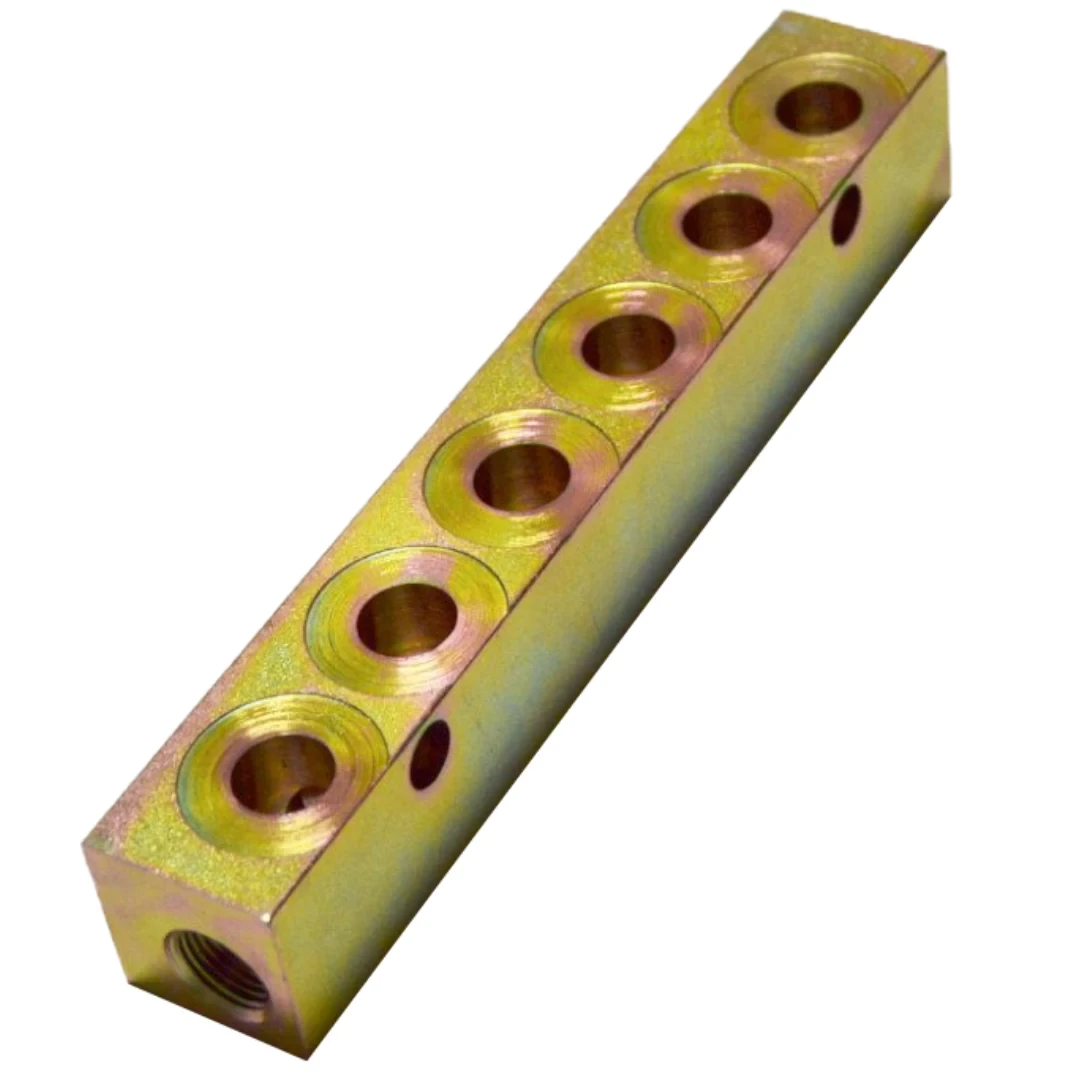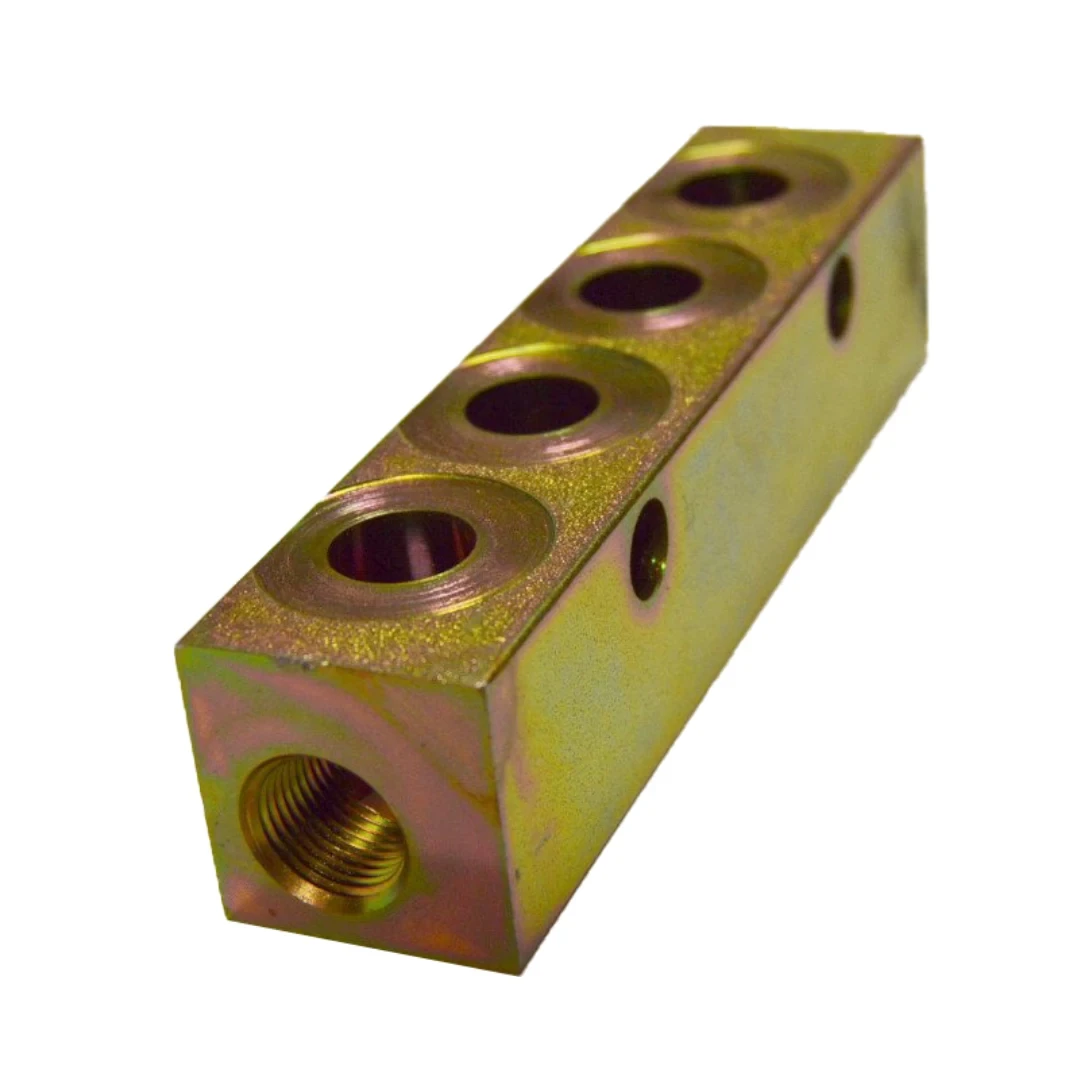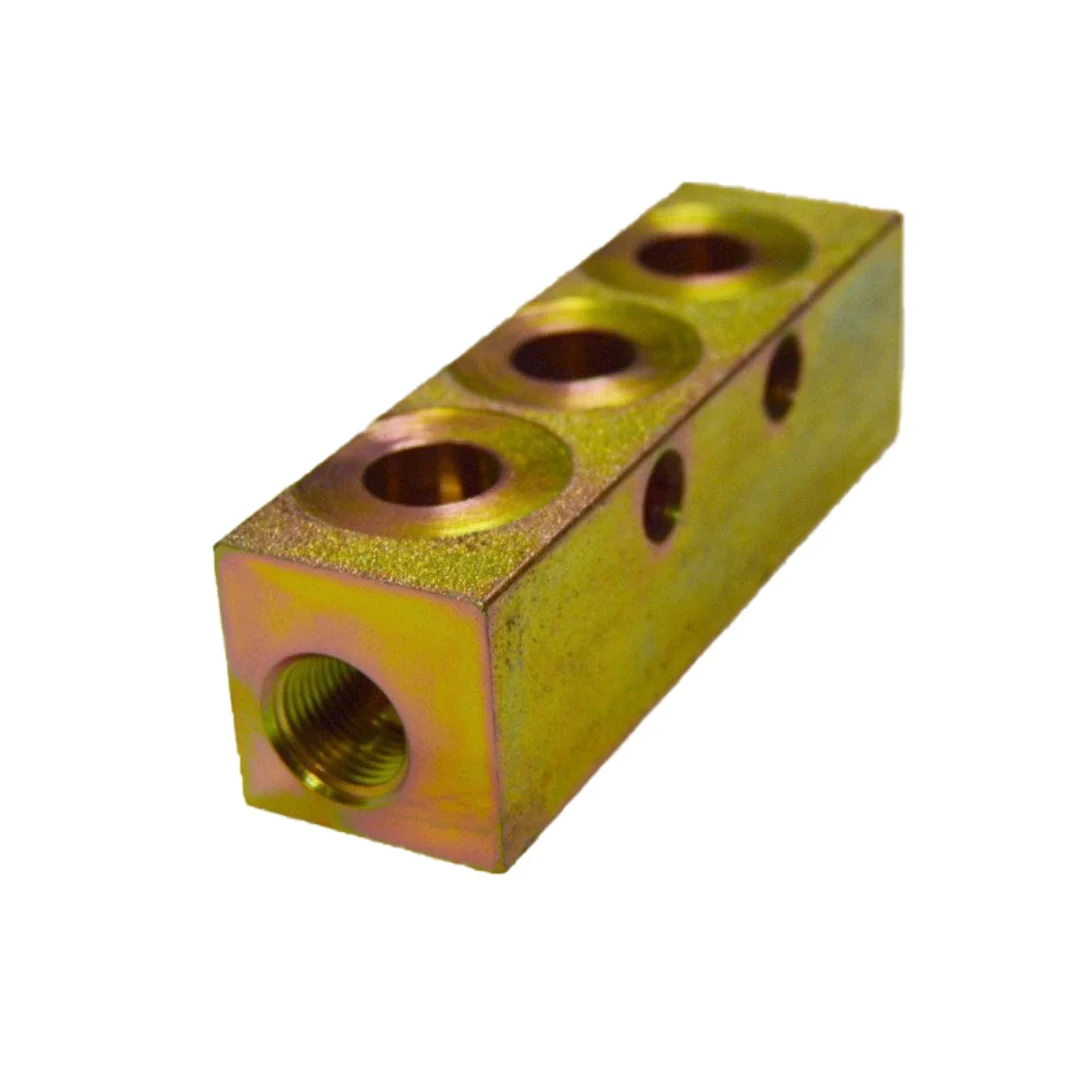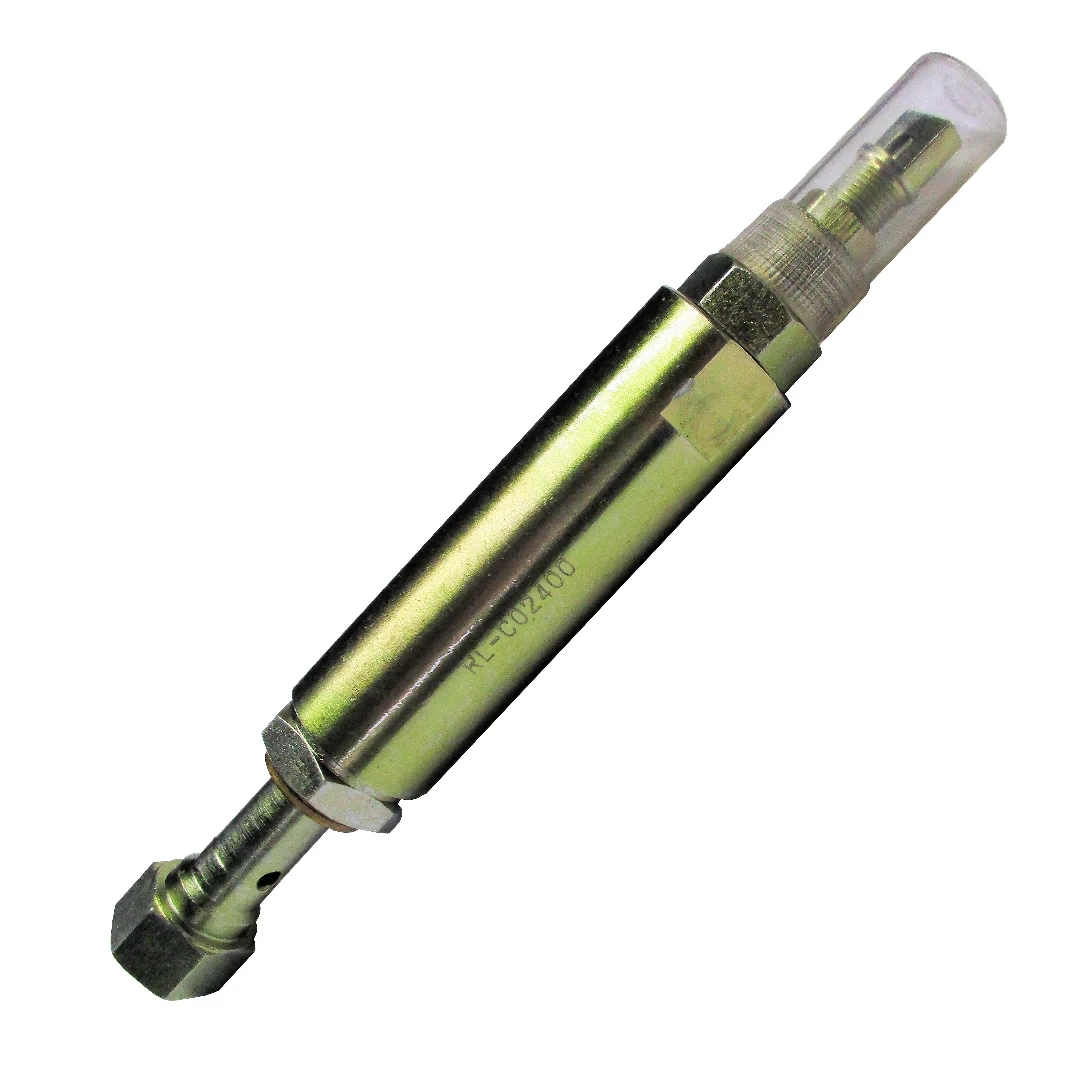

IPL I1 Injector for Automatic Lubrication Systems IPL Injector I1
Inhouse product
-
R214.00
-
R172.50
Reviews & Ratings
A single line parallel system can service a single machine or different zones on a single machine. It can even supply several separate machines. This type of system is ideal when the amount of lubricant is different for each point. In this type of system, a central pump station automatically delivers lubricant through a single supply line to multiple branches of injectors. Each injector serves a single lubrication point and operates independently. We can even adjust them individually to deliver the desired amount of lubricant.
How does it work?
Everything begins when the controller or timer sends a signal to the pump that starts the lube cycle. Then the pump begins pumping oil or grease to build up pressure in the supply line connecting the pump to the injectors. The lubrication injectors dispense the predetermined amount of lubricant to lubrication points via the feed lines under the right pressure.
Once the entire system reaches the required pressure, a pressure switch sends a signal to the controller indicating that grease has cycled through to all the distribution points. The pump shuts off. The system vents out pressure. Grease in the line is redirected back to the pump reservoir until the normal system pressure level is restored.
Auto lube systems have many advantages over traditional methods of manual lubrication:
- All critical components get lubricant. This is regardless of location or ease of access
- Lubrication occurs while the machinery is in operation, causing the lubricant to be equally distributed within the bearing and increasing the machine’s availability.
- Proper lubrication of critical components ensures safe operation of the machinery.
- Less wear on the components means extended component life, fewer breakdowns, reduced downtime, reduced replacement costs and reduced maintenance costs
- Measured lubrication amounts means no wasted lubricant
- Safety – no climbing around machinery or inaccessible areas (gases, exhaust, confined spaces, etc.)
- Lower energy consumption due to less friction
- Increased overall productivity resulting from increase in machine availability and reduction in downtime due to breakdowns or general maintenance.
Related products
Injector, Single, SL-V
Manifold 3 Bank for Grease Injector SL-1
Manifold 2 Bank for Grease Injector SL-1
4 Bank Manifold SL-1 Manifold 4 Bank for Grease Injector SL-1
Manifold 6 Bank for Grease Injector SL-1
Manifold 5 Bank for Injector SL-1 & SL-V
-
R214.00
-
R172.50


